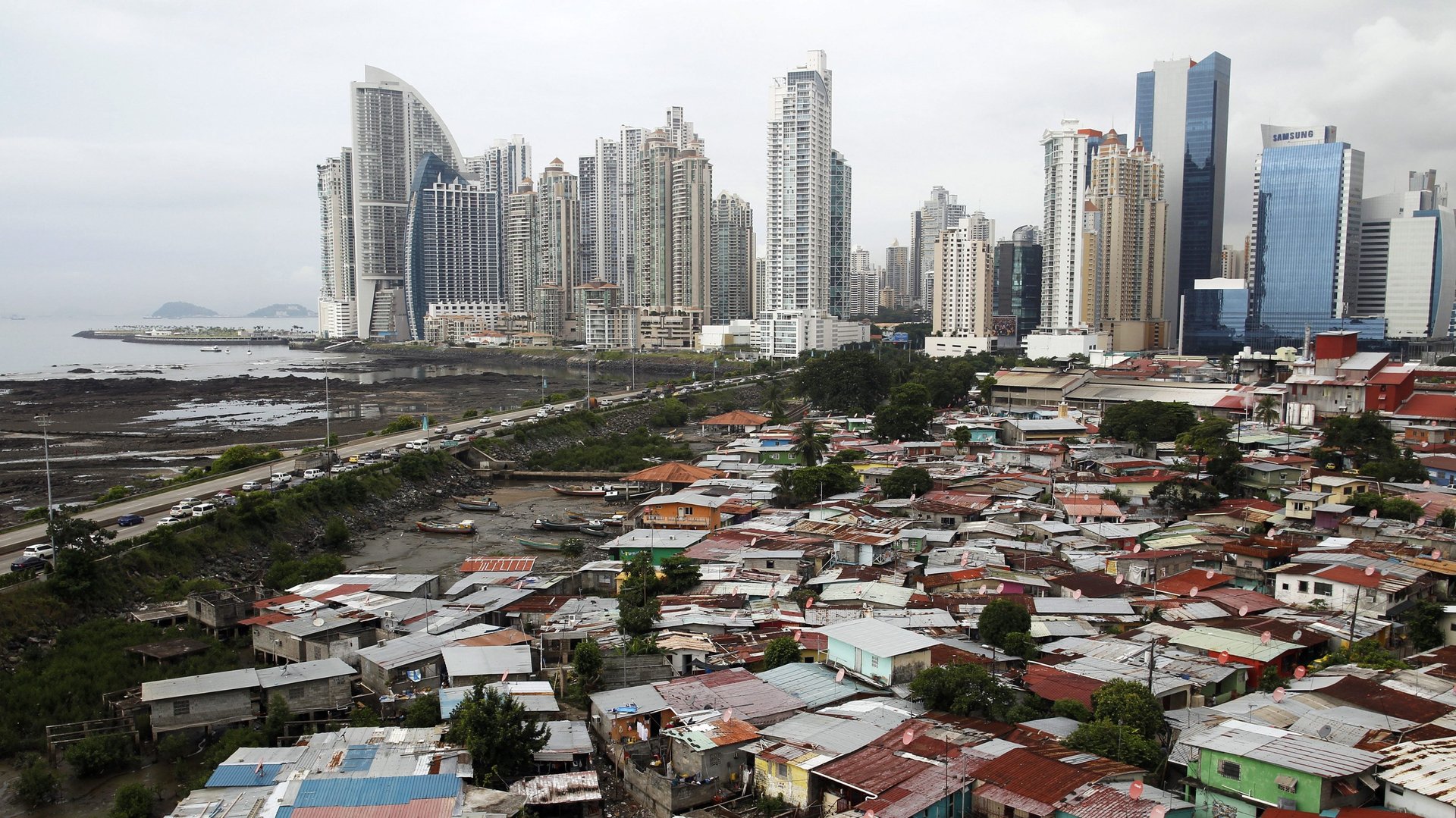Over a billion people have been lifted out of poverty since 1990, but the next billion will be harder
Though the world economy has grown sluggishly since the 2008 financial crisis, poverty has continued to fall. According to a new World Bank report, between 1990 and 2013, the number of people in extreme poverty (defined as less than $1.90 a day) fell by nearly 1.1 billion, even as the world’s total population expanded by nearly 1.9 billion.


Though the world economy has grown sluggishly since the 2008 financial crisis, poverty has continued to fall. According to a new World Bank report, between 1990 and 2013, the number of people in extreme poverty (defined as less than $1.90 a day) fell by nearly 1.1 billion, even as the world’s total population expanded by nearly 1.9 billion.
Since 2008, too, the proportion of people in extreme poverty population has fallen steadily, from 17.8% to just 10.8% of the global population. In 2013 alone, 114 million people were lifted out of extreme poverty.
But keeping up the momentum will be difficult. In April 2013, the World Bank adopted twin goals: to bring extreme poverty down to just 3% of the population by 2030, and to reduce income inequality by raising the incomes of the poorest 40% within each country. In general, poverty can be reduced through higher overall GDP growth or by better distributing the economic gains (i.e., reducing inequality). With global growth expected to slow down on average in the coming years, poverty reduction will depend more heavily on reducing inequality.
“There won’t be enough growth to reach the end of poverty goal by 2030 even with very optimistic trajectories of growth, and even less if we have a slowdown,” says Mario Negre, a co-author of the report. “Tackling inequality will make or break our ability to reach the goal of ending poverty by 2030.”
The study finds that the lives of the poorest in most countries have improved since 2008. In 60 out of the 83 countries covered in the report, average incomes rose for the bottom 40%, while in the other 23 they declined, not just relative to the richer segments of society, but in absolute terms. The poor in Greece saw the largest income drop—an average of 10% per year. Other countries where the incomes of the poorest 40% fell were Croatia, Ireland, Israel and Latvia.
China, Indonesia and India have brought the largest numbers of people out of poverty since the crisis. As a result, today, over half of the world’s poorest live in sub-Saharan Africa, a region which has struggled to improve the lives of those who live in abject poverty. And countries will henceforth face an uphill struggle to grow their economies without the advantages of cheap credit and high commodity prices, said Jose Cuesta, another co-author of the report. “Countries have to increase productivity and implement the right policies in a context that is less positive for them.”